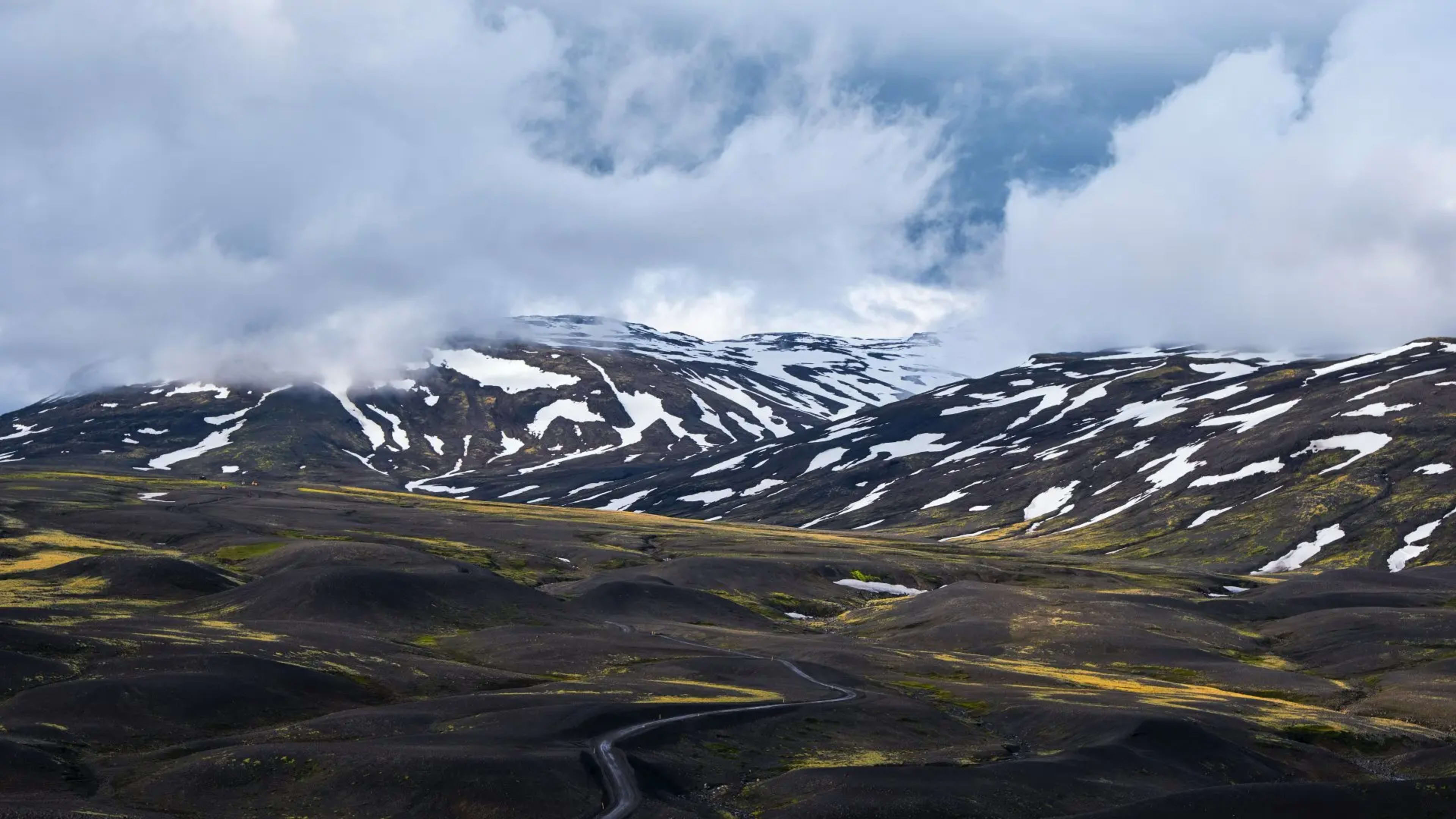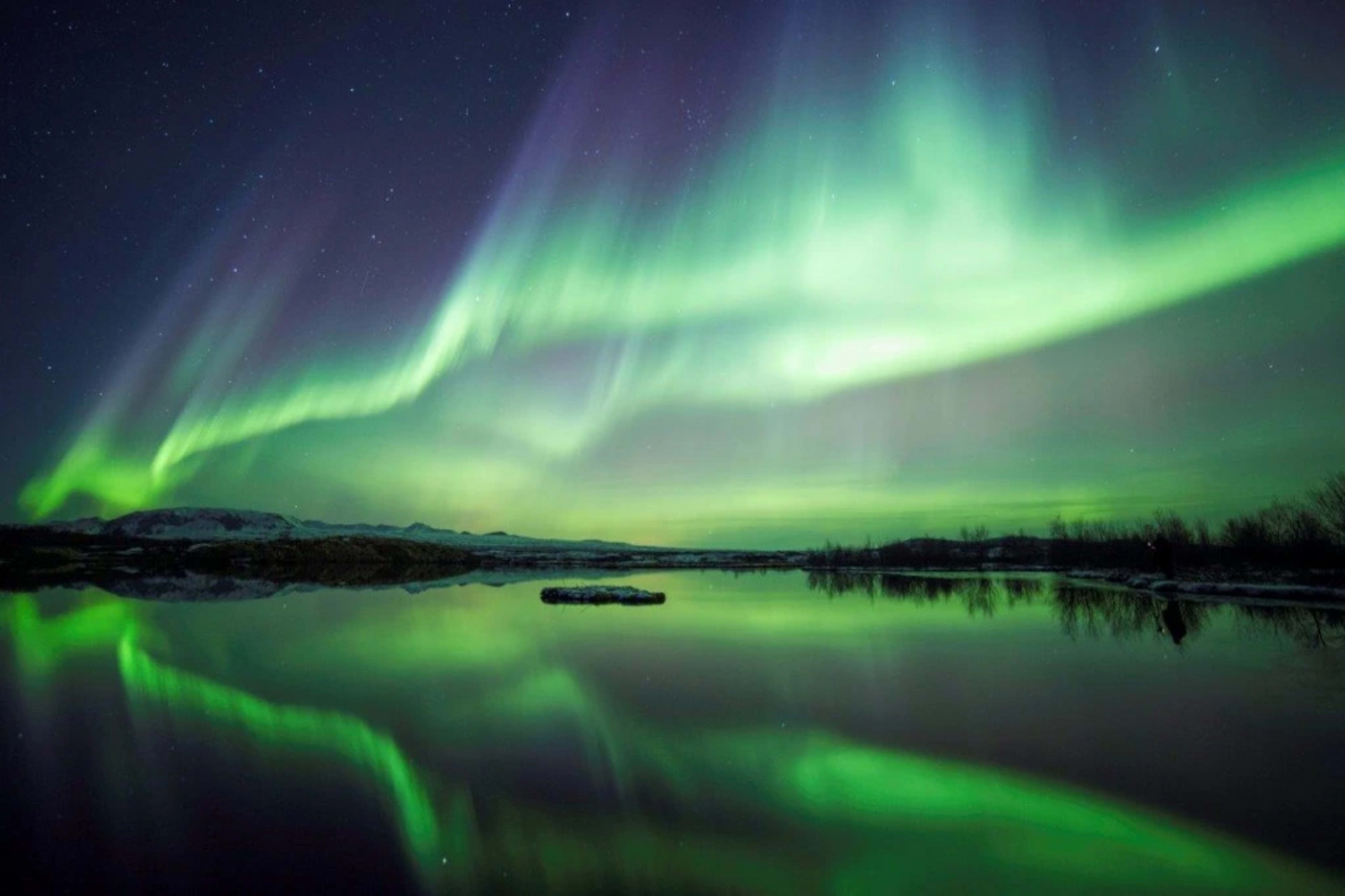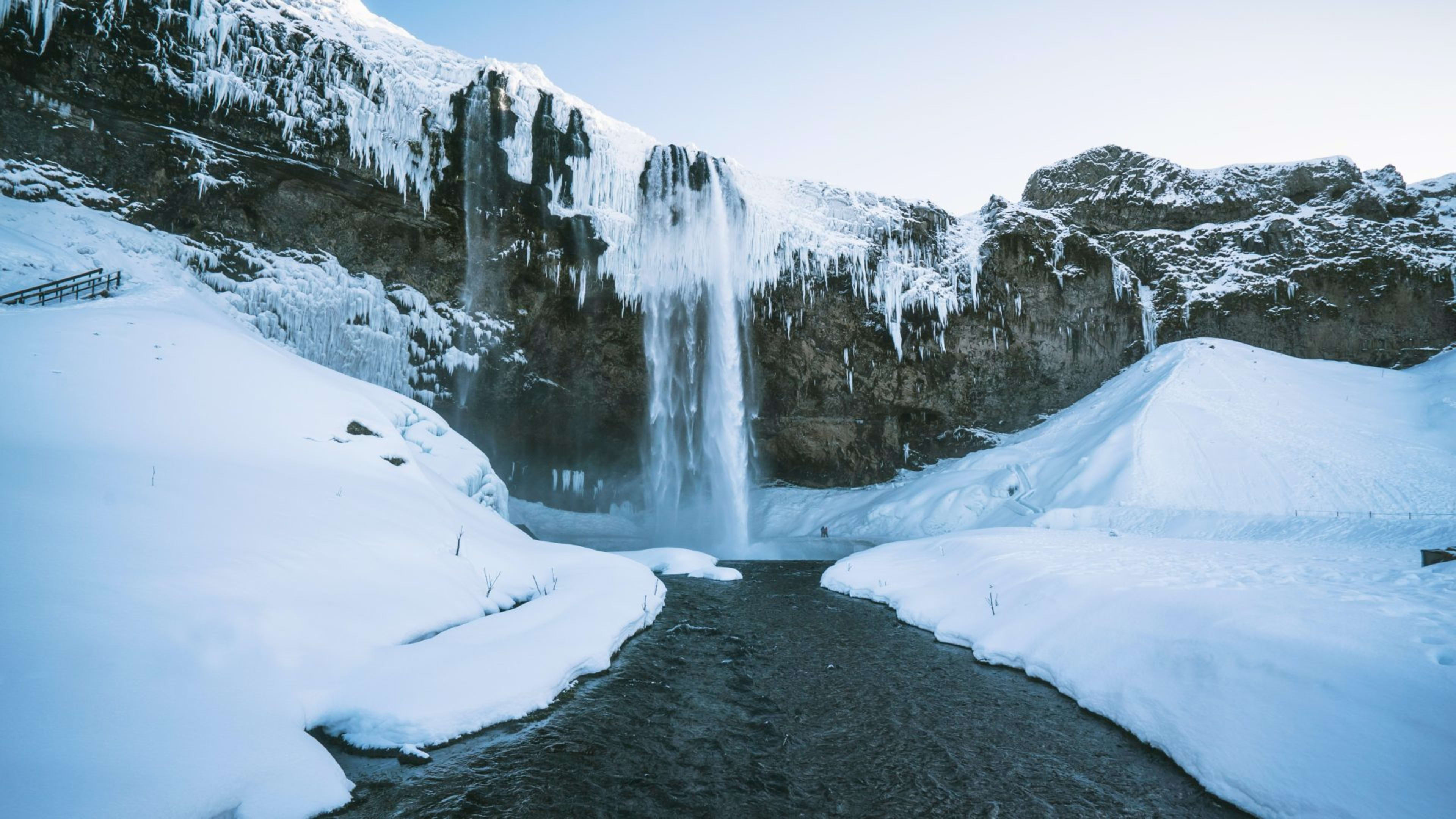Climate
What is the weather like in Iceland?
The climate in Iceland is milder than many people expect. Thanks to the Gulf Stream, Iceland enjoys temperate ocean climate with cool summers and relatively mild winters.

Because Iceland is an island in the North Atlantic, conditions can change in a heartbeat. It’s not uncommon to have overcast skies, rain, and bright sun all in the same day. One fairly constant feature to bear in mind is the wind.
You can stay up to date with the latest weather forecasts at the Icelandic Met Office.
How cold is Iceland?
Average temperatures in Iceland vary throughout the year, but the winters are not as cold as you might think.
What should I put on my Iceland packing list?
With the Icelandic weather being so changeable, it pays to be prepared for (almost) anything. Bring along lightweight woolens, a sweater or cardigan, a rainproof coat, and sturdy walking shoes.
If you’re traveling in wintertime or are heading into the interior, you’ll need thermal underwear and socks, rugged boots, and a warm sweater (fleece, wool).
- Thinking about a winter trip to Iceland? Find out what to bring with our packing guide.
Daylight hours
Can you see the midnight sun in Iceland?
Most definitely! Due to the country’s location directly below the Arctic Circle, the nights are bright in all parts of Iceland during summertime. In the month of June, the sun never fully sets in the northern part of the country.
How much daylight does Iceland get in winter?

Days are shortest in Iceland in December, when there can be as little as 4 hours of daylight. After 21 December, the days rapidly start getting longer, adding a couple of hours every few weeks.
More darkness is good for one thing though: chasing the Northern Lights. Keep reading…
Northern Lights (Aurora Borealis)
What causes the Northern Lights?
The Northern Lights are caused by the interaction of particles from the sun with the upper atmosphere near the North Pole. That creates this wonderful light effect, known as the Aurora Borealis.
- Learn all about this natural marvel in our Northern Lights guide.
When can you see the Northern Lights in Iceland?

The winter in Iceland brings the chance to see this spectacular phenomenon in the dark northern sky on a cold and clear night. There’s no particular winter month that’s better than another, you simply need these 3 things:
- Plenty of darkness
- Clear skies
- High levels of solar activity
These conditions can occur any time from October to April, but the longer the hours of darkness, the more time you have to hunt them down.
- Ready to see the Northern Lights for yourself? Browse these winter vacation packages.
